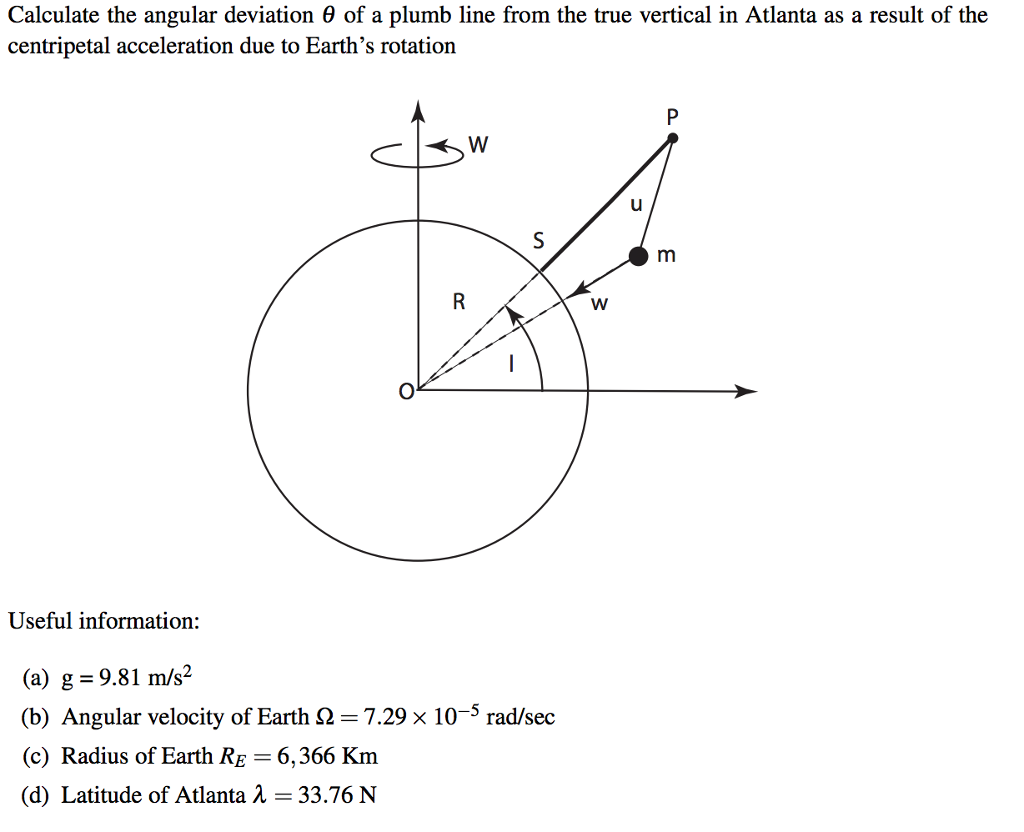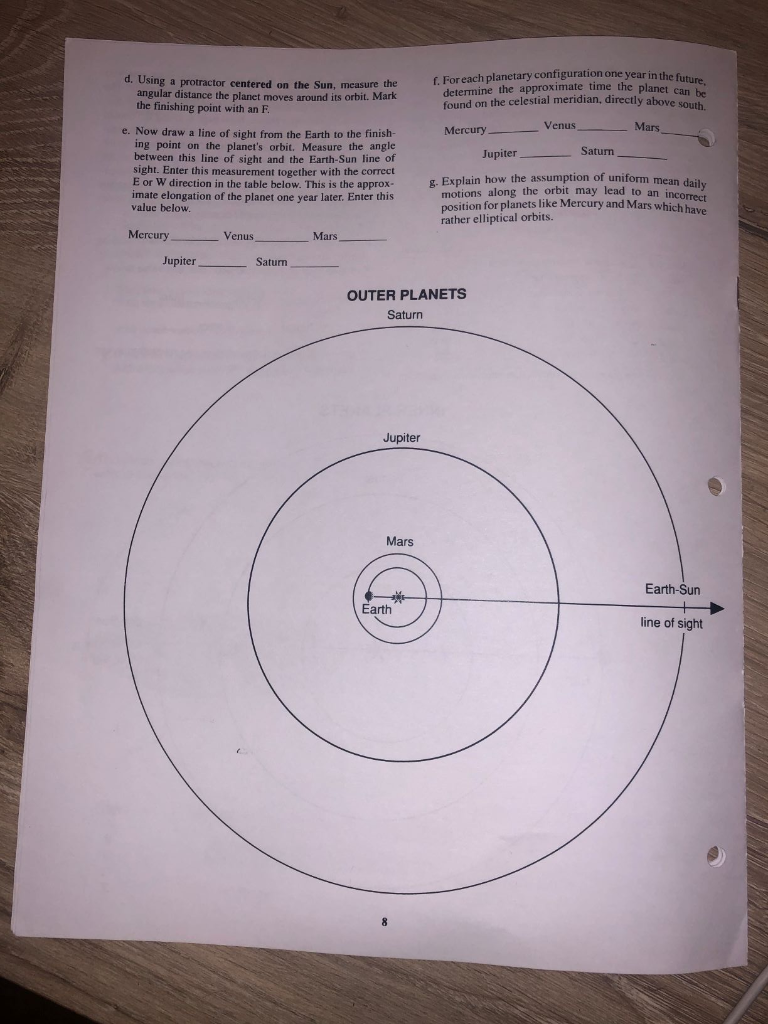


The other requirement for precise ground mapping is a very narrow angular resolution of the main beam in the azimuth. Michael Parker, in Digital Signal Processing 101 (Second Edition), 2017 22.4 Azimuth Resolution However, this rate should remain at a sufficient level to ensure good target-plotting performance, particularly in the case of rapidly maneuvering targets. Moreover, a long illumination time enables considerable post-detection integration gain, thereby improving range, although admittedly to the detriment of the data refresh rate (an average of 12 seconds in this case). This duration cannot be significantly reduced as it is preferable for it to be long compared to the response time of the Doppler filters (recursive high-order filters), which at their lower limits process low frequencies and narrow spectra. Lateral sector scanning is performed over ± 60°, at a rate of 10°/s, or an illumination time, T e, of 100 ms. The dimensions of the antenna carried under the helicopter are determined by expression 20.10, which gives h = 80 cm and l = 200 cm under these conditions, gain is G = 40.5 dB ( relationship 20.7). Under these conditions, R = 70 km and R sw = 60 km, ( Figure 19.6). With a one-line scanning, the range domain coverage gives a beam aperture of 2.3° in elevation, with the antenna elevation angle being 2.5°.

The angular resolution requires a beam aperture in azimuth lower than 1°. ERIC NORMANT, in Air and Spaceborne Radar Systems, 2001 20.6.2.3 ANTENNA


 0 kommentar(er)
0 kommentar(er)
